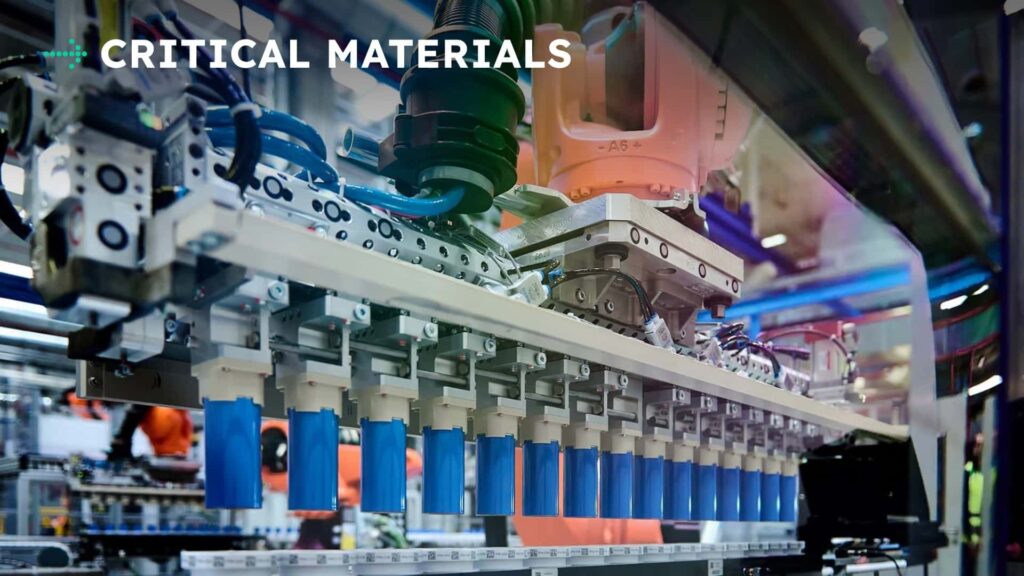The recent proposal by the Commerce Department to impose steep tariffs on graphite imported from China has sparked concerns in the electric vehicle (EV) industry. Graphite is a critical material used in the anodes of lithium-ion batteries, and with over 90% of the world’s graphite being processed in China, the proposed tariffs could impact EV prices in the short term.
The move to diversify the supply chains for critical materials like graphite is necessary for the long-term sustainability of the EV industry. However, the lack of domestic mine production capacity for graphite in the U.S. as of 2023 poses a challenge. While American companies are exploring options to ramp up local graphite production, China’s mature graphite industry and alleged dumping practices make it difficult for domestic manufacturers to compete.
The proposed tariffs on Chinese graphite come at a time when the federal EV tax credits are ending and fuel economy standards have been nullified, creating multiple challenges for EV makers. Companies like Tesla have expressed concerns about the quality and purity of domestically produced battery-grade graphite, highlighting the technical challenges faced by U.S. suppliers.
In a bid to reduce reliance on Chinese imports, the Trump administration’s restrictions on critical materials are aimed at bolstering local supply chains. However, the conflicting policies of the Biden and Trump administrations have created a complex landscape for EV manufacturers.
On a brighter note, Mitsubishi is planning to launch new hybrid models in the U.S. and Canada by the end of this year. The Outlander, which is currently sold as a gasoline-only SUV, will be transformed into a hybrid model to cater to the growing demand for hybrid vehicles in North America. The automaker also has plans to introduce an electric vehicle in the U.S. next summer.
Additionally, Mercedes-Benz is set to incorporate an AI voice assistant developed by American company Cerence in its new electric CLA model. The conversational experience offered by the voice assistant aims to enhance the driving experience and provide a more interactive interface for users.
As the automotive industry continues to evolve with the integration of advanced technologies like AI voice assistants, the debate around the necessity and functionality of such features in cars remains ongoing. While these innovations bring new possibilities for convenience and customization, striking a balance between functionality and gimmickry is crucial in enhancing the overall user experience.
In conclusion, the dynamic landscape of the EV industry, coupled with regulatory challenges and technological advancements, underscores the need for continuous innovation and collaboration to drive the sustainable growth of electric vehicles in the global market.

